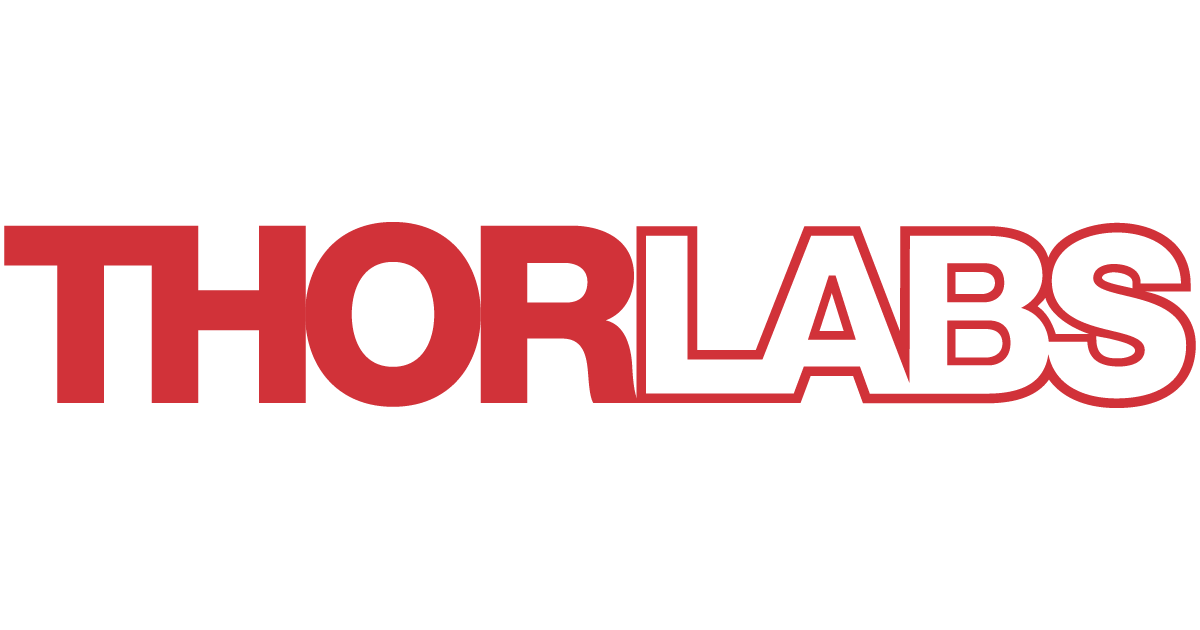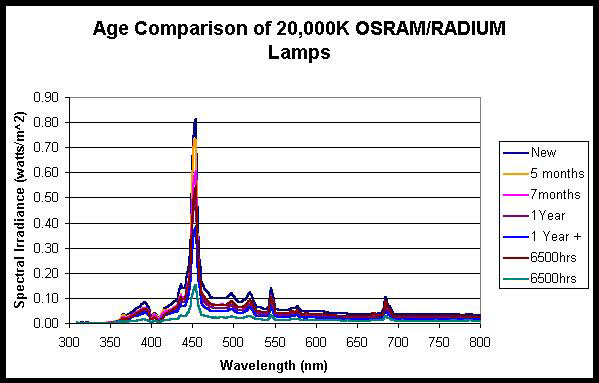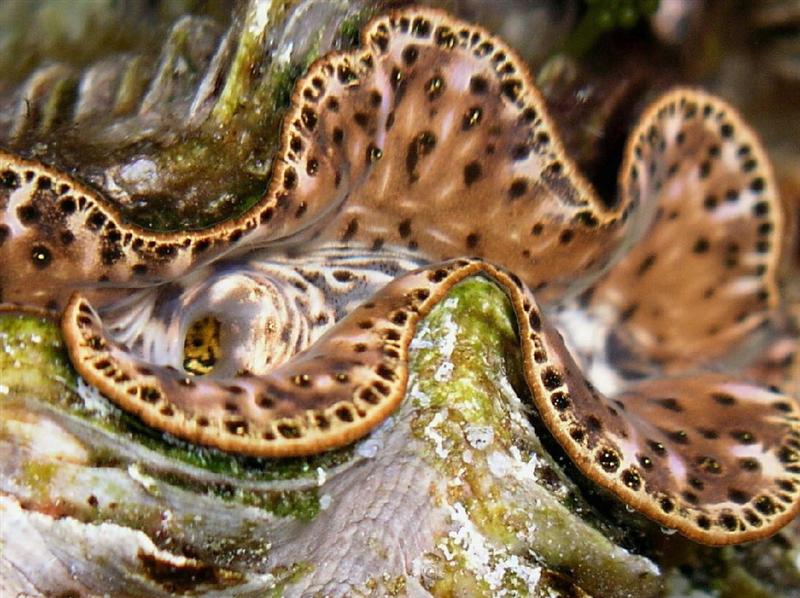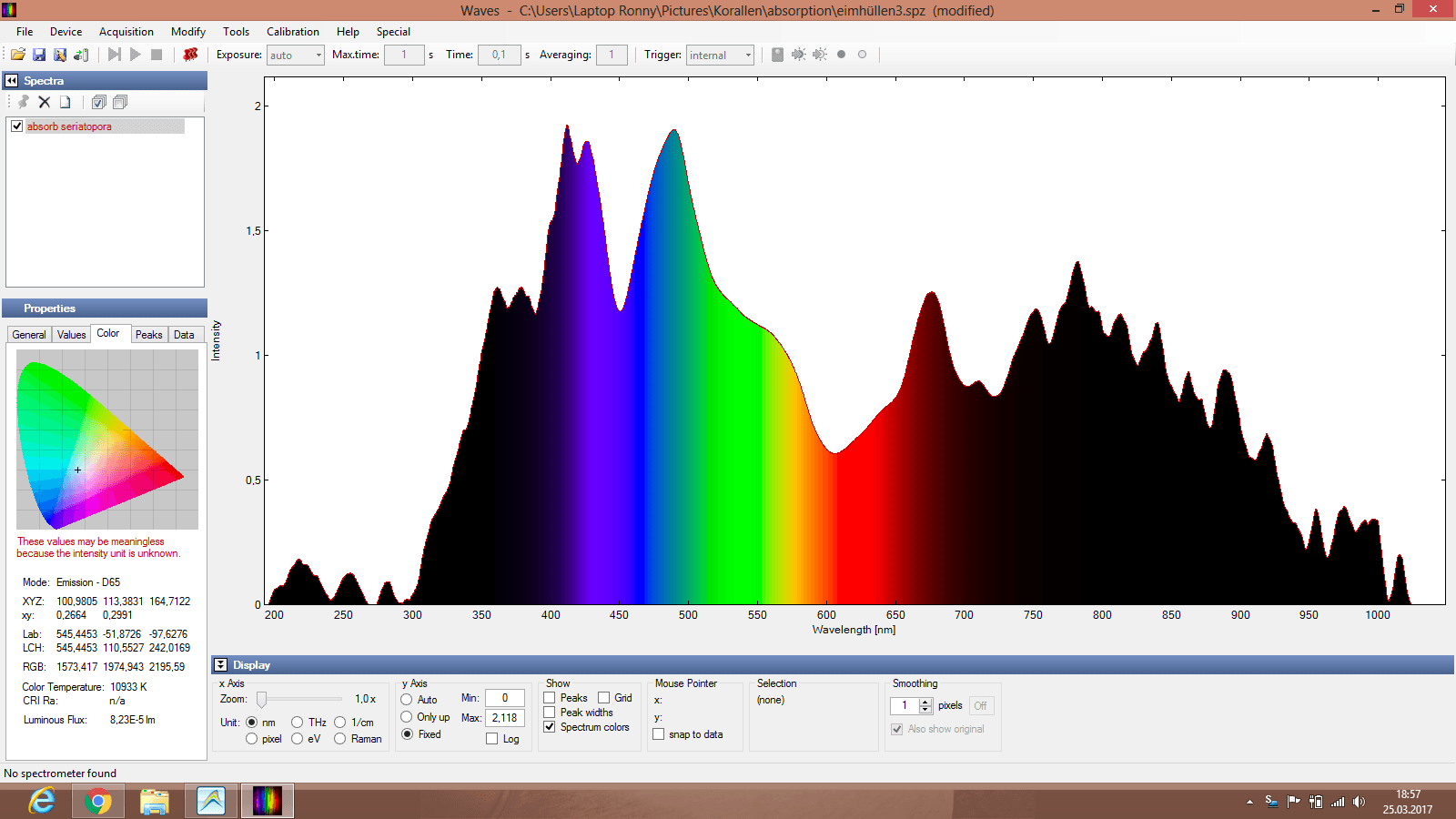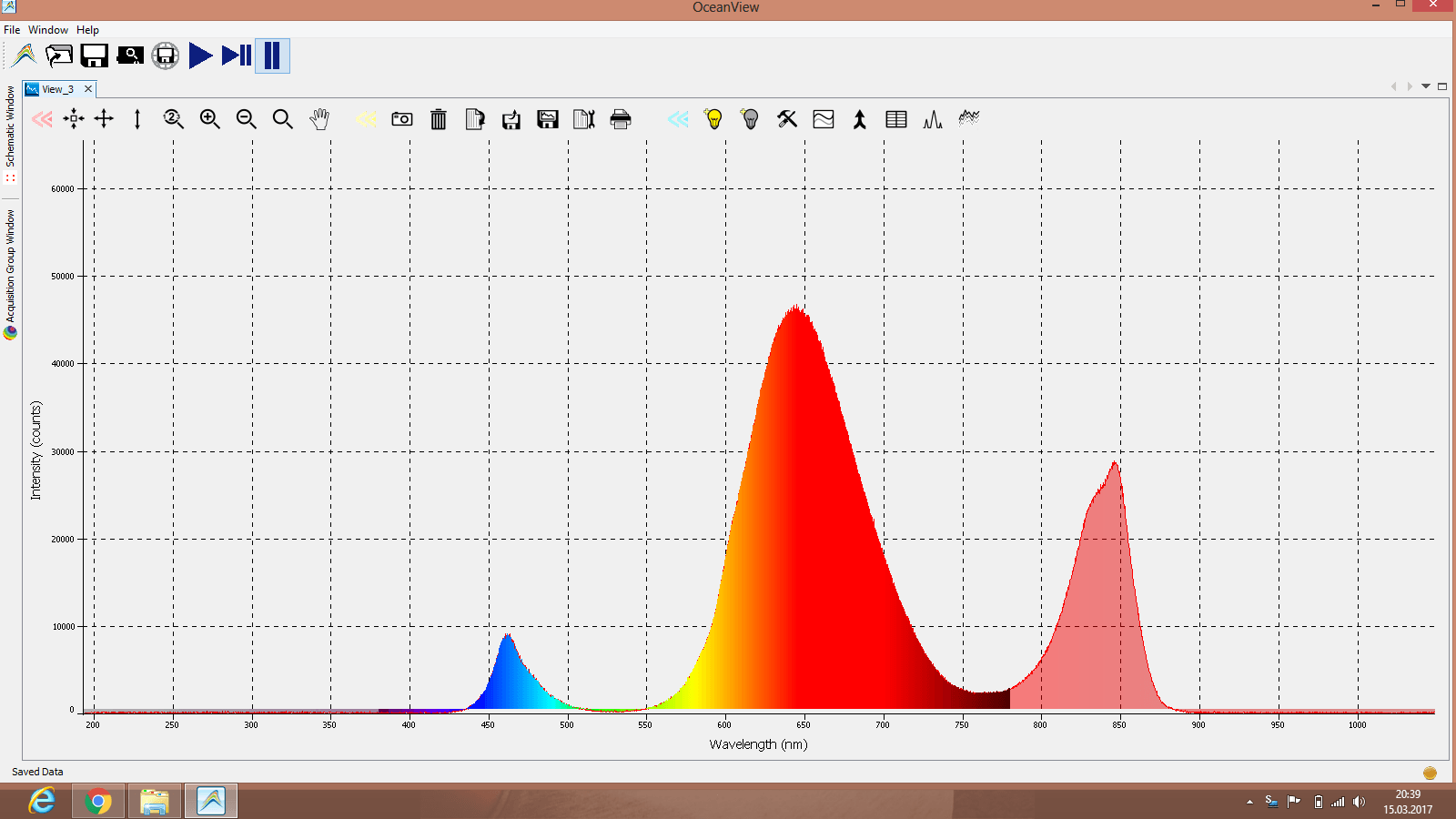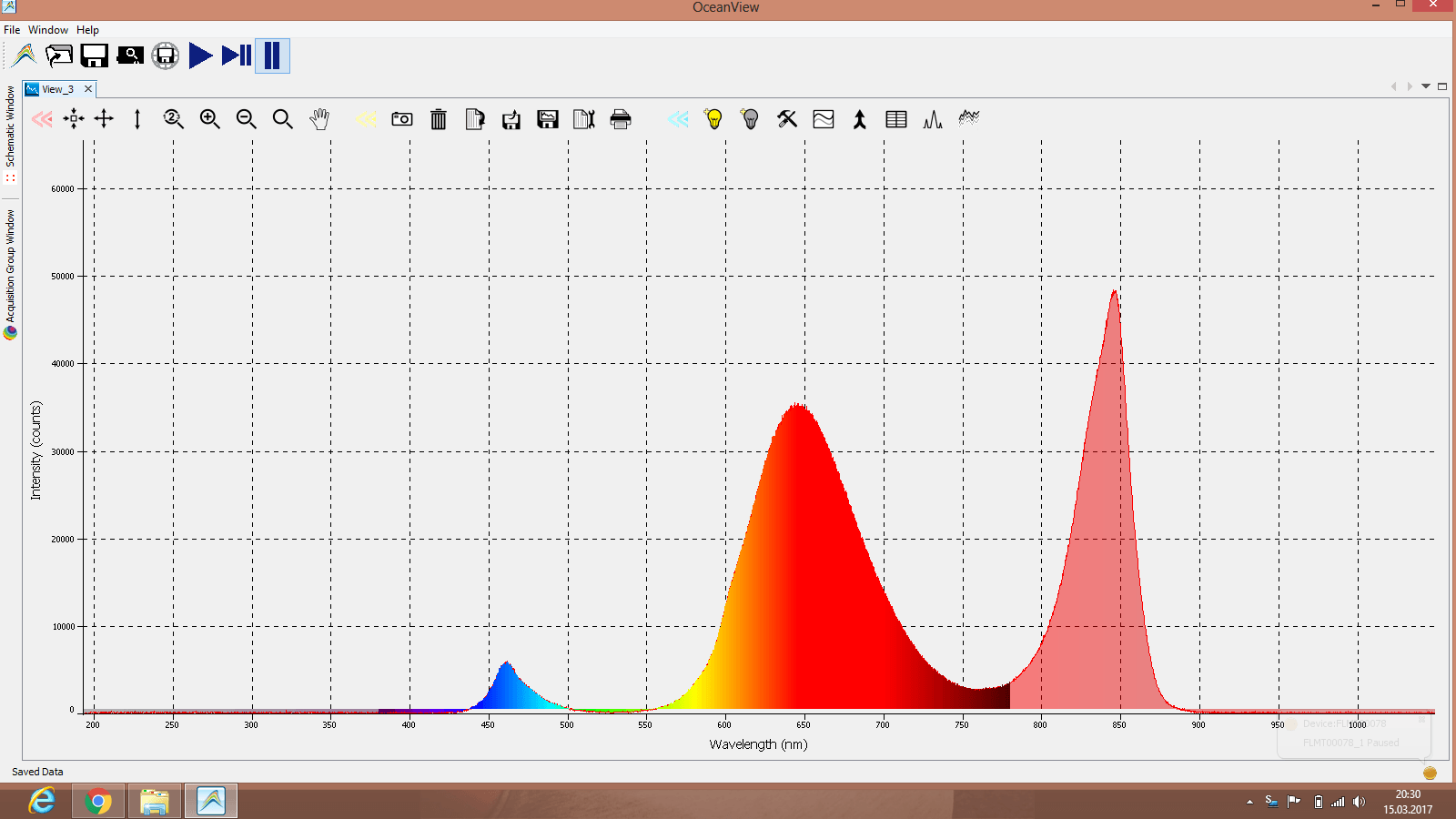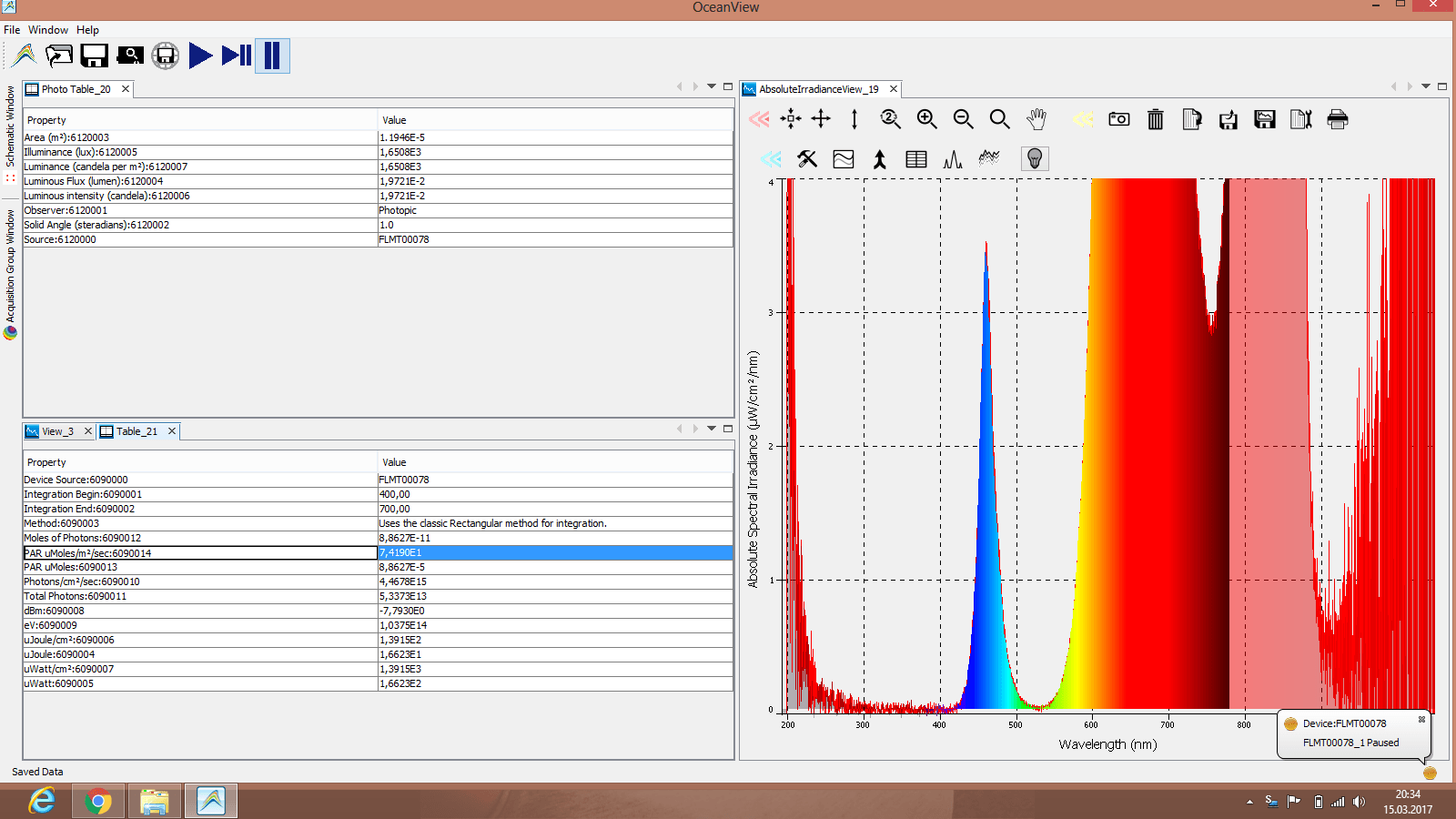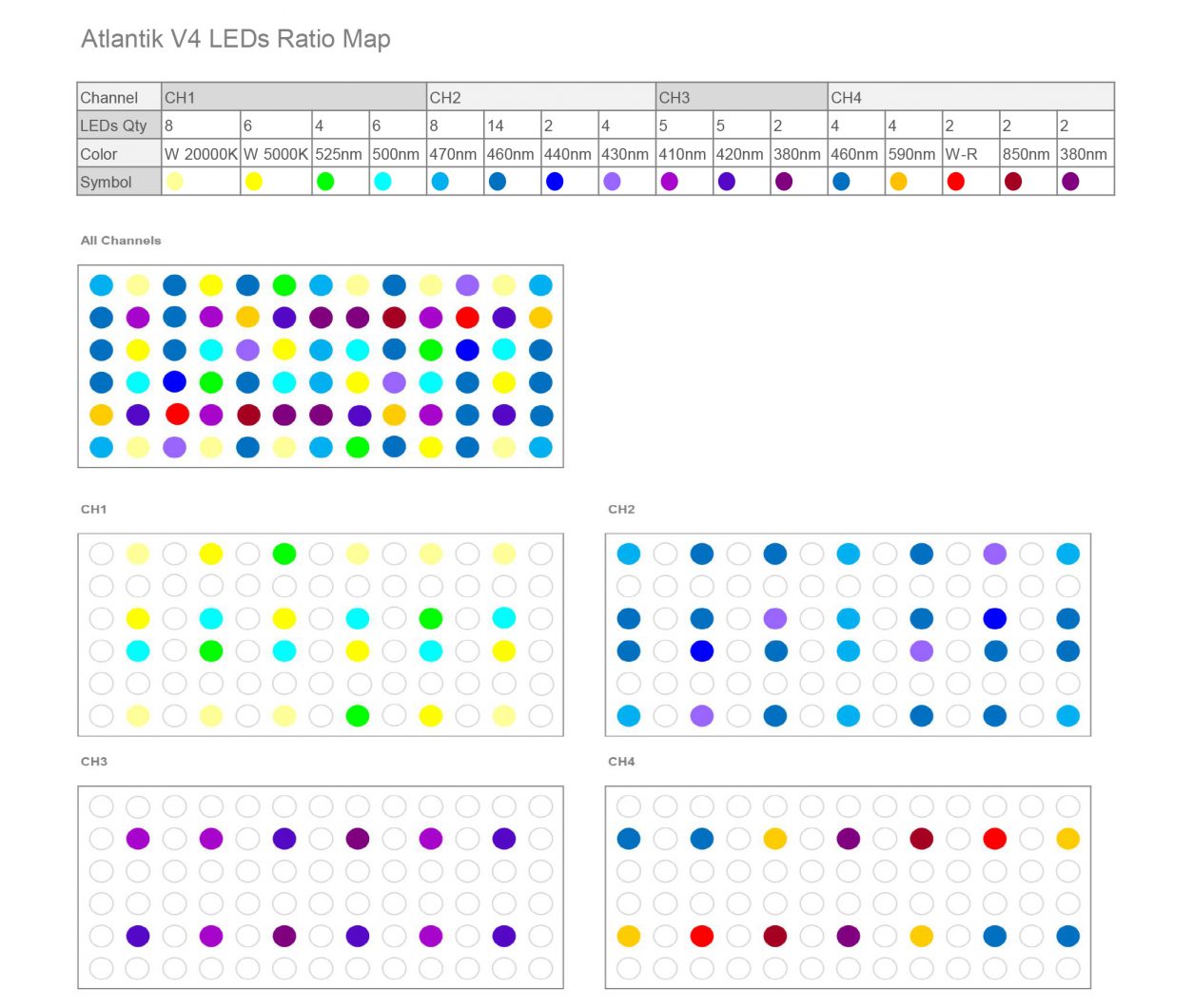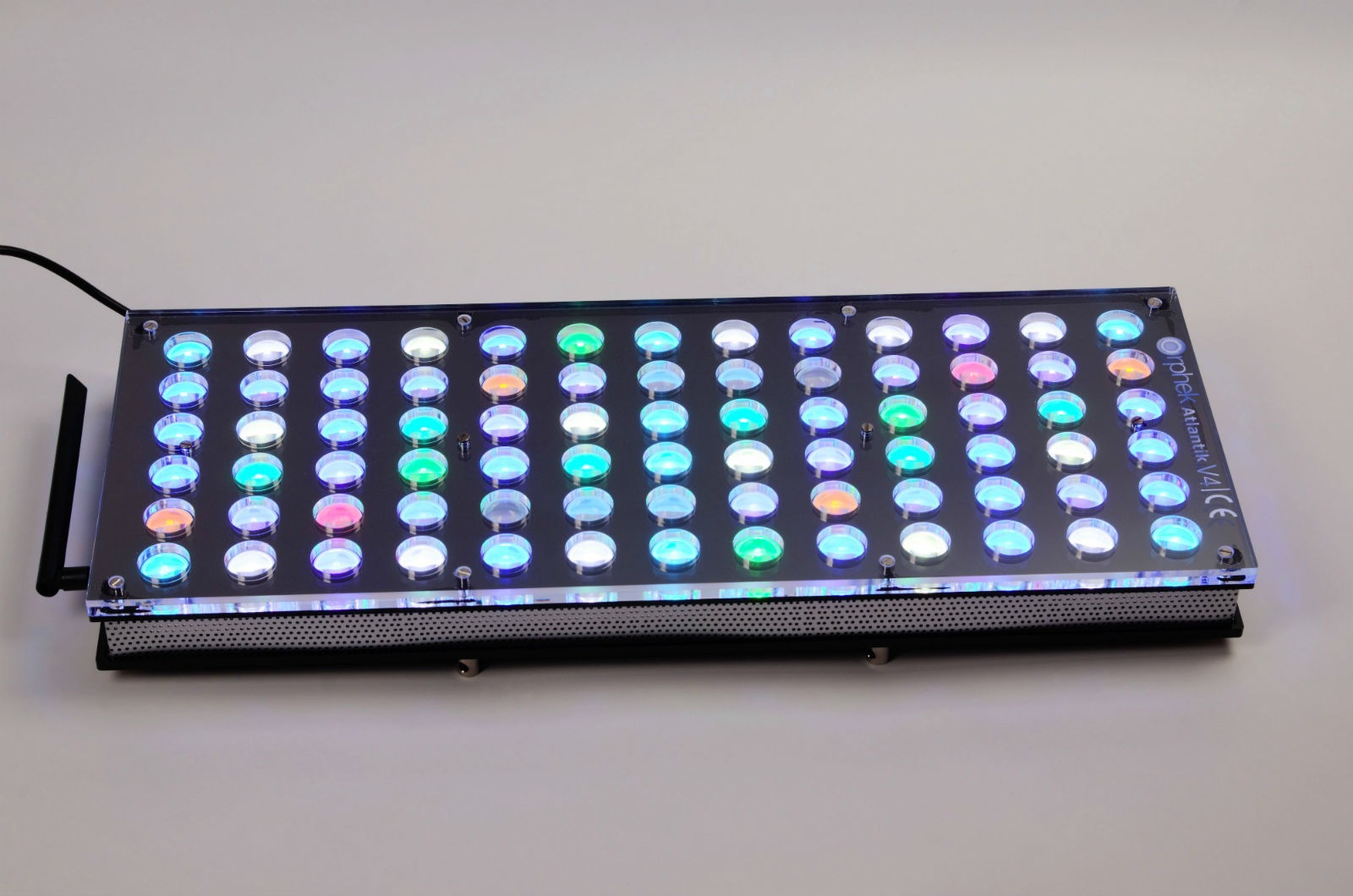Do not have analytics on anything except for pricing, power, LED count. Pricing is in line with other 200 W leds:
SKY: $870 (219 W, 104 LEDs)
Orphek: $770 (160 W, 42 LEDs) to $1100 (210 W, 78 LEDs)
XR30: $840 (205-215W, 102 LEDs)
Kessil a500x: $740 (185 W, 100 LEDs)
CC: $900 (170 W, 68 LEDs)
GHL: $820 (195 W, 72 LEDs)
Everything else is speculation until we see the #’s. The only place that has given a consistent data set of data on a broad set of lights is BRS... so that is the video I am looking forward too.
wow, thanks for scraping that data together... I agree on the data from BRS. Marc did put par numbers that he and Terrance measured in the video, but that's pretty specific to his reef, but you do get an idea of what it can do. He also mentioned there is a bit of shimmer.







